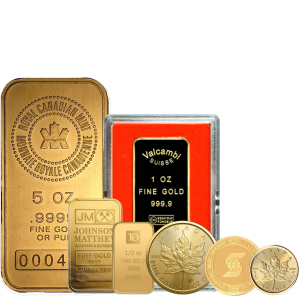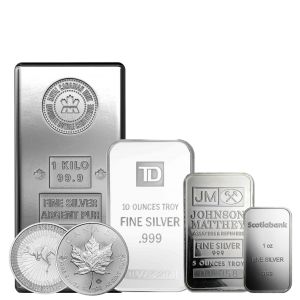

Back
How to Identify Real Silver and Gold
August 8, 2024
How to Identify Real Silver and Gold
The Genuine Identification of Silver
An examination of the object's appearance and the markings it bears is the initial step in determining whether it is silver. This metal, silver, shines very brightly, making it stand out from others. Anything that looks dull or tarnished might not be silver. Look at the item to see if it has any purity stamps or hallmarks. At 92.5% purity, sterling silver is marked with "925" or "sterling," and fine silver is marked with "999."
Magnet tests are straightforward methods for determining the presence of silver. Because silver is not magnetic, a powerful magnet will not be able to attract pure silver . This test is not definitive because there is a possibility that some items that are silver-plated or silver-filled will not be magnetized.
Test how fast the ice melts by putting it on the silver. The ice will melt right away like it's on something hot if the silver is real.
Use an acid testing kit to improve the accuracy of your test. The metals react with the nitric acid in these kits in different ways. The acid will likely that acid will leave a white, creamy residue on the silver. Because nitric acid is dangerous, you must follow the directions exactly.
Get help from a trustworthy jeweller or precious metals dealer if you're not sure if an item is real. With their knowledge and the tools, they have access to, they can accurately figure out how pure the metal is.
Authenticating Gold
To be sure that something is gold, one of the easiest ways is to look at a stamp or hallmark. Pure gold jewellery and bullion will have markings and inscriptions that say how pure they are. Gold stamps most often come in 24K, 22K, 18K, and 14K.
Genuine gold can be distinguished by a powerful magnet because pure gold is not magnetic. If the magnet can attract it, then it is not gold.
By using nitric acid, you can verify gold. An acid testing kit for gold can be purchased. In the case of pure gold, a drop of acid will not cause a reaction; however, other metals will undergo colour change or dissolve when exposed to acid.
In terms of density, gold weighs 19 grams per cubic centimetre and has a high density. To determine whether your gold item is comparable to the high density of real gold , you can weigh it and then calculate its density based on its volume. Taking accurate measurements is necessary for this test.
Analysis using XRF technology is considered for authentication. XRF instruments can perform an accurate analysis of the elemental composition of a sample to detect the presence of gold.
If you drag gold across the surface of an unglazed ceramic plate, you can make a gold streak on it. Black streaks mean not real gold.
A certified precious metals dealer should be able to tell you how much your gold is worth if you're not sure.










